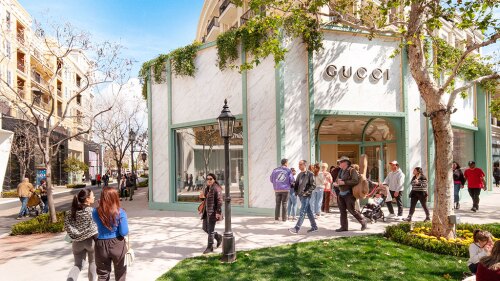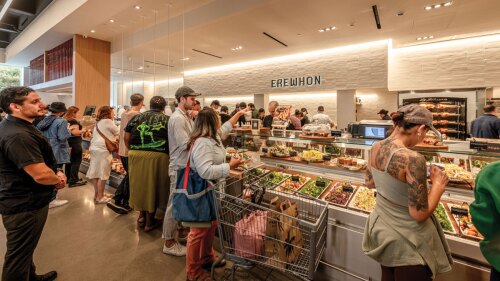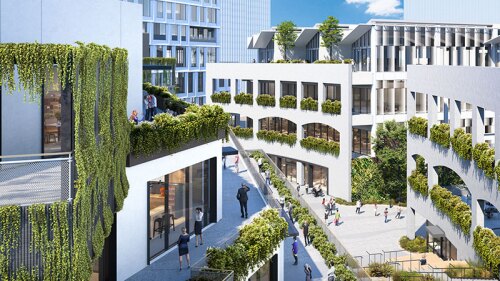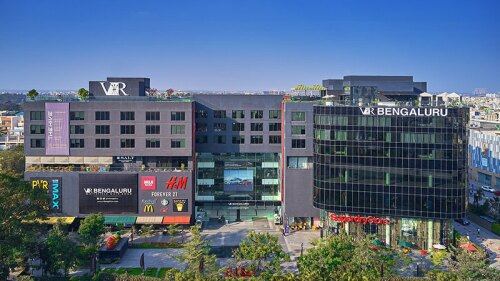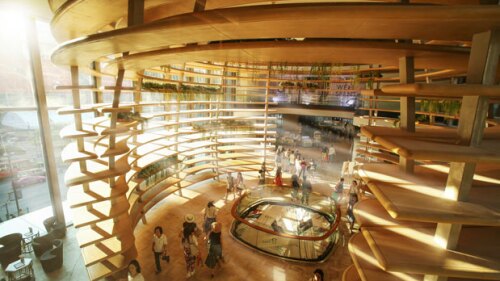Retail
It’s tough to view a strong economy as bad news. Yet a firmly positive economic projection in ULI’s Real Estate Economic Forecast does not bode well for commercial real estate participants who are hoping for relief in rate cuts from the U.S. Federal Reserve.
As the recent cultural and real estate realignment called “The Great Mall Sorting” continues, A-plus malls are thriving, while the B and C properties are gradually being repurposed, reused, and completely rethought, according to architect Sean Slater, senior principal at the architectural firm RDC in San Diego.
Neglected yet historic department store remade into a vibrant destination anchored by buzzy health food grocer.
Companies including Macy’s, Nordstrom, Kohl’s, and IKEA are rolling out small-format stores around the country, often in suburban areas, as they try other ways to connect with their customers.
While some big-box retail stores are closing, some developers are eyeing opportunities with retail-to-life science conversions or additions.
According to Placer Labs, these 10 growing retail chains had the foot traffic in 2021 to set them up for future growth in brick-and-mortar retail.
SPONSORED CONTENT:When searching for the right property management firm, there are many factors to consider. For instance, are you looking for someone who will simply maintain your asset, or are you seeking a true partner that will work diligently to proactively add value to your investment? At JLL Retail, you’ll find a team of dedicated value creators.
During the recent ULI Asia Experience the Experience retail summit, real estate developer, owner, and operator Sid Yog, founder of the Xander Group and chairman of Virtuous Retail (VR) South Asia, discussed the broader Indian retail sector, as well as several of the company’s recent urban Indian retail developments. Joining him in the conversation was Susheela Rivers, office managing partner, co-chair for the global real estate sector, and head of real estate Asia Pacific for DLA Piper.
At the 2020 ULI Asia Pacific Leadership Convivium, an international retail CEO shared her experience of engaging with customers, both offline and online, during the COVID-19 pandemic and how working with understanding landlords has helped create win/win outcomes.
Bangkok mastered the art of glitzy retail palaces. Now, authenticity is the favored currency.


